It is difficult to work with a designer and a fabric manufacturer. Both must maintain constant contact and collaboration. This link will not only define the overall quality of the relationship for the designer, but it will also influence the manufacturer's ability to continue doing business with the customer.
Today, we will look at how both fashion designers and manufacturers may work together to achieve their individual goals at three critical stages of production.

So let’s get started!
Stage 1: Product Development

The fabric industry is built on collaboration between designers and producers. When you initially speak with each other, you should have clear expectations of what you want and how each side will work together.
Stages for product development are-
-
Creating a plan
The designer creates a business at this stage, which involves identifying the target market, budgeting, and financial goals.
-
Visualizing
The creative process begins once the business strategy has been finished and authorized. The initial concepts, color story, and fabric selections are completed at this time.
-
Blueprint
Once the brand has a clear concept for the design, the technical elements of the process may begin. A factory-ready Tech bundle contains technical drawings as well as fabric choices.
Stage 2: Pre-production

The pre-production process comprises various stages which are as follows-
-
Choosing the Correct Manufacturer
Selecting the correct kind of textile manufacturer is the first step in launching a clothing business. Once designer brands have a factory-ready blueprint and a clear vision of a design they want to build, the following step is to identify a manufacturer who can accommodate the concepts.
The primary deciding element in selecting a manufacturer is the services they offer. While opting for such, always consider this: do you want a manufacturer to create directly from your blueprint, or do you need a full fabric manufacturing solution from product creation to construction?
-
Sharing blueprint with manufacturer
Once the fabric manufacturer has been identified, the designer will share the blueprint and associated documentation with the manufacturer. This stage informs a fashion designer on the type of outfit that will be created, the fabrics and trimmings that will be utilized, and what other resources will be required for the project to go effectively.
-
Communication
Once the partnership has begun, consistent and timely communication among the designer and the clothes manufacturer is critical to success. As a result, it's critical to maintain track of the discourse. Without a fundamental awareness of textile manufacturing terminology, effective communication is impossible.
-
Sample approval
The sample approval step is an important aspect of the apparel manufacturing process. It's also the last step before mass manufacturing begins. A sample allows a designer to see how the finished item will appear and feel to the touch. It is a means for a company to demonstrate its skills and begin a connection with the client. The sample must be examined and authorized before the final manufacturing run.
Stage 3: Manufacturing process

-
Managing the Process
Textile manufacturers must ensure that everything runs well; they cannot afford to lose time or materials. Missed chances might stem from poor planning. Delays might result in late fines. If the manufacturer fails to deliver, the client will transfer firms and replace the manufacturer immediately. The clothing sector operates in a highly competitive setting.
Fabric accounts for 60-70 percent of the cost of a garment. Effective production management is dependent on the ability of the garment manufacturer to order the appropriate amount of fabric for each run. To keep errors to a minimum, the cutting room procedures must be recorded. Each component that goes into manufacturing must be planned as precisely as possible.
-
Payments
Payment periods in the clothing business vary. Historically, the manufacturer received 60-70 percent of the order value of the products being created. This sum would be used by the maker to purchase raw materials and trimmings for the production run. A buyer may occasionally offer a Letter of Credit to the manufacturer, in which a bank guarantees that a certain seller will receive money from a specific buyer.
-
Delivery
The apparel line should ideally be provided when the buyer requests it. Both early and late delivery might cause issues such as inadequate storage space.
To achieve deadlines, garment makers must have enough labor and raw materials delivered on schedule. This also saves money on overtime labor and nighttime material delivery. In the clothing sector, shorter lead times between ordering and delivery are becoming more common. Clothing producers who can meet short lead times have an advantage.
We also happen to be a magnet for suggestions, and would love to catch yours….throw us yours on hello@fabriclore.com

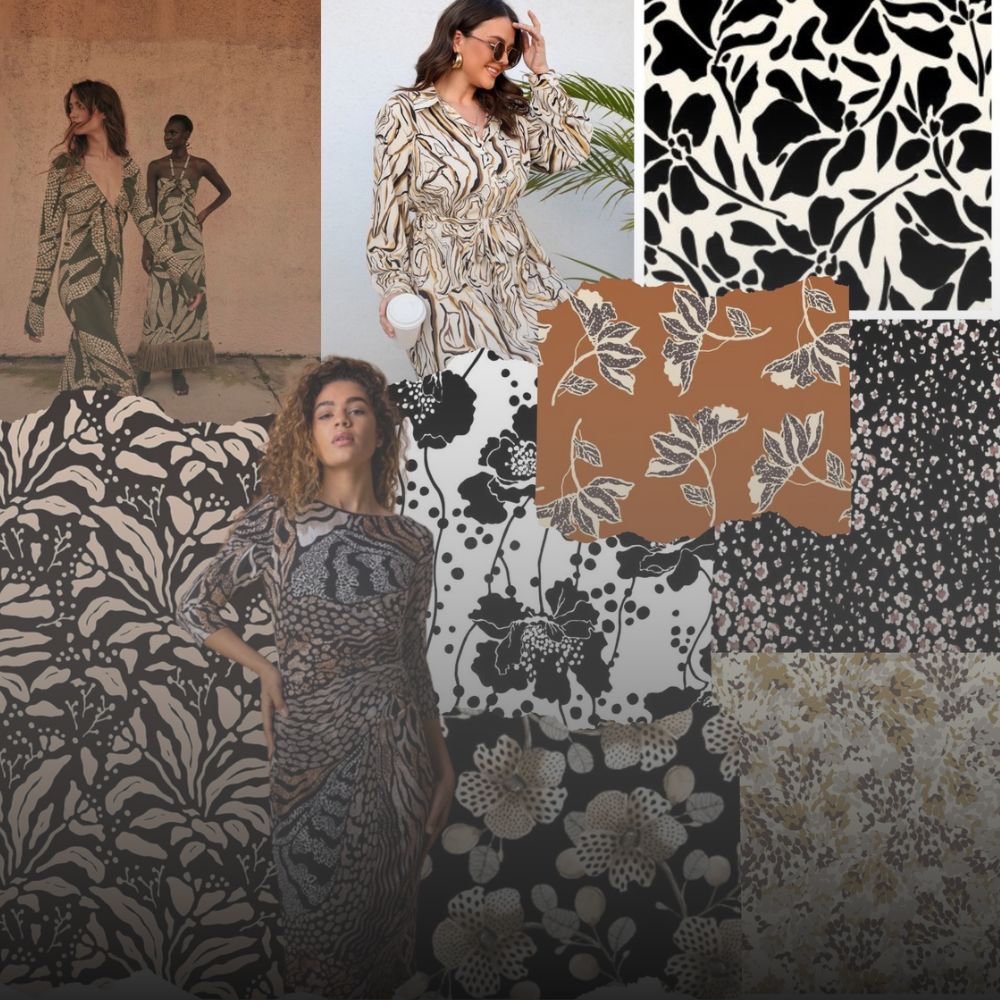
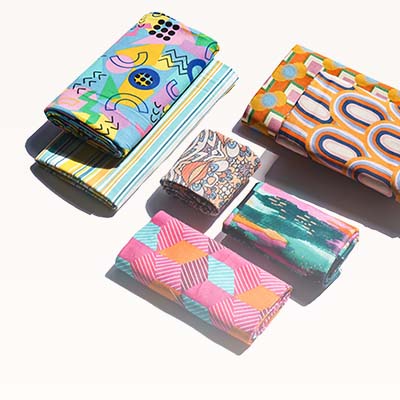
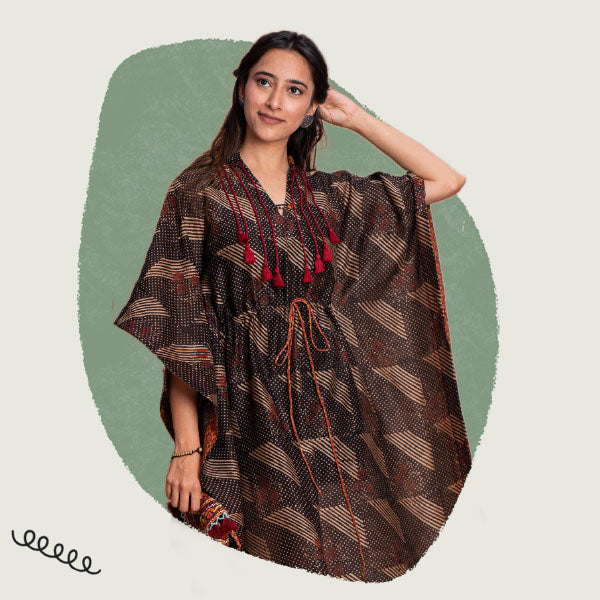
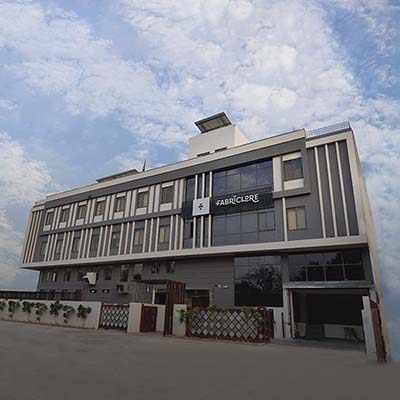
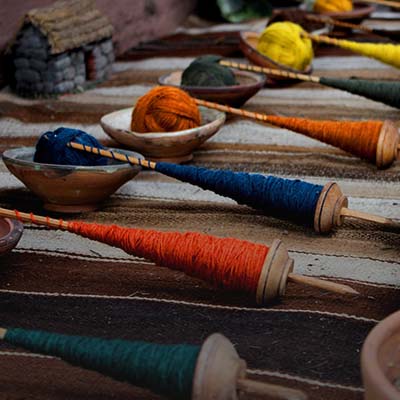



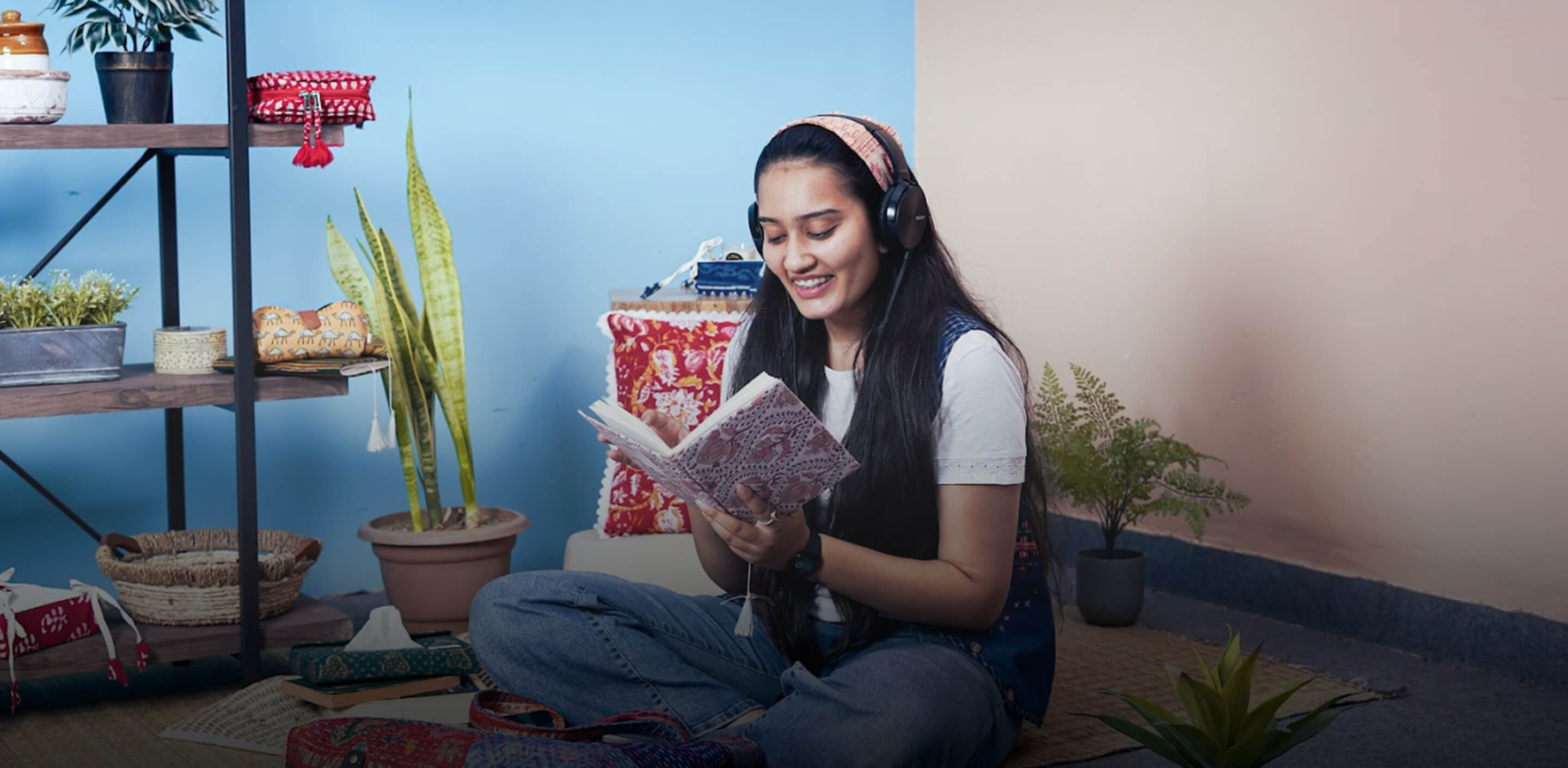

Leave a comment
This site is protected by reCAPTCHA and the Google Privacy Policy and Terms of Service apply.